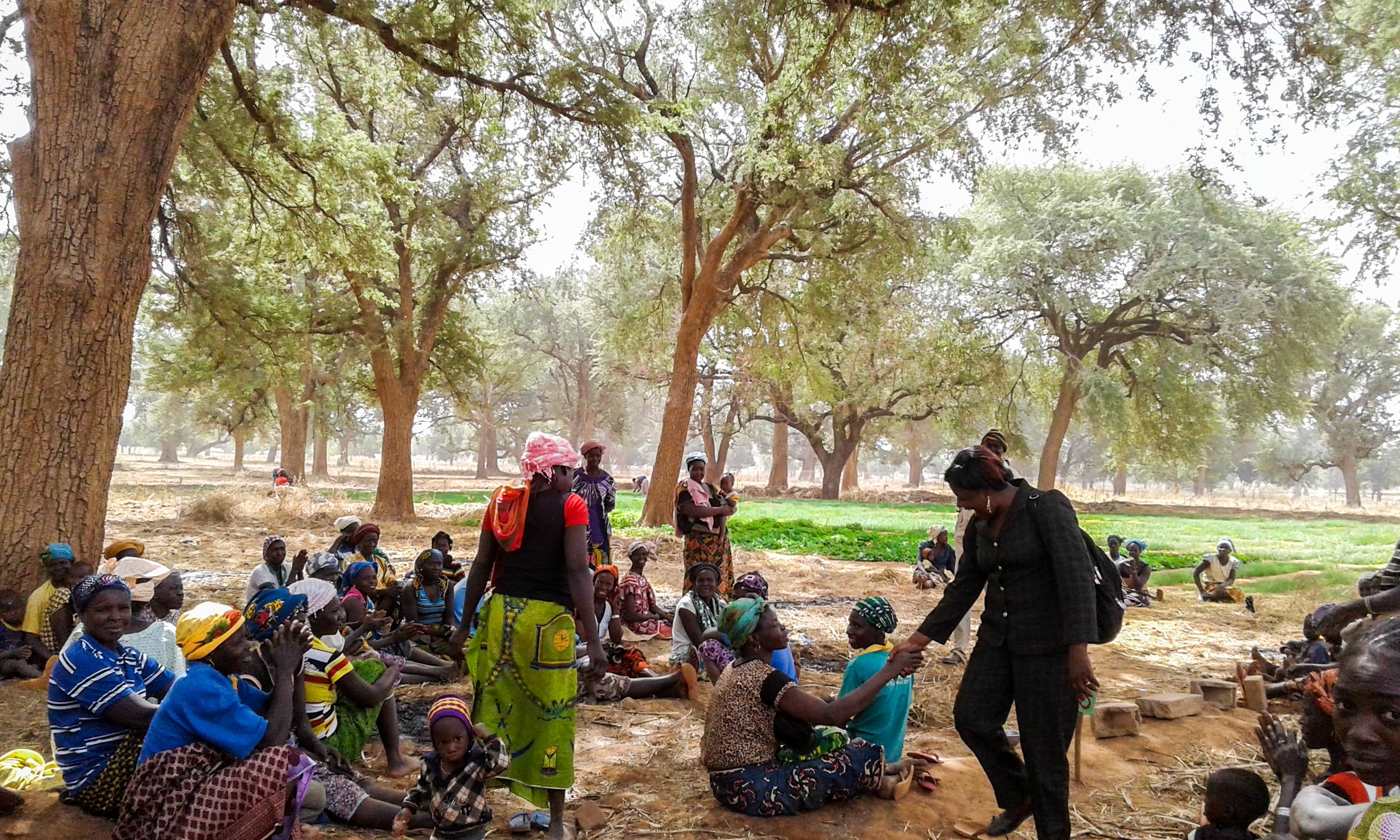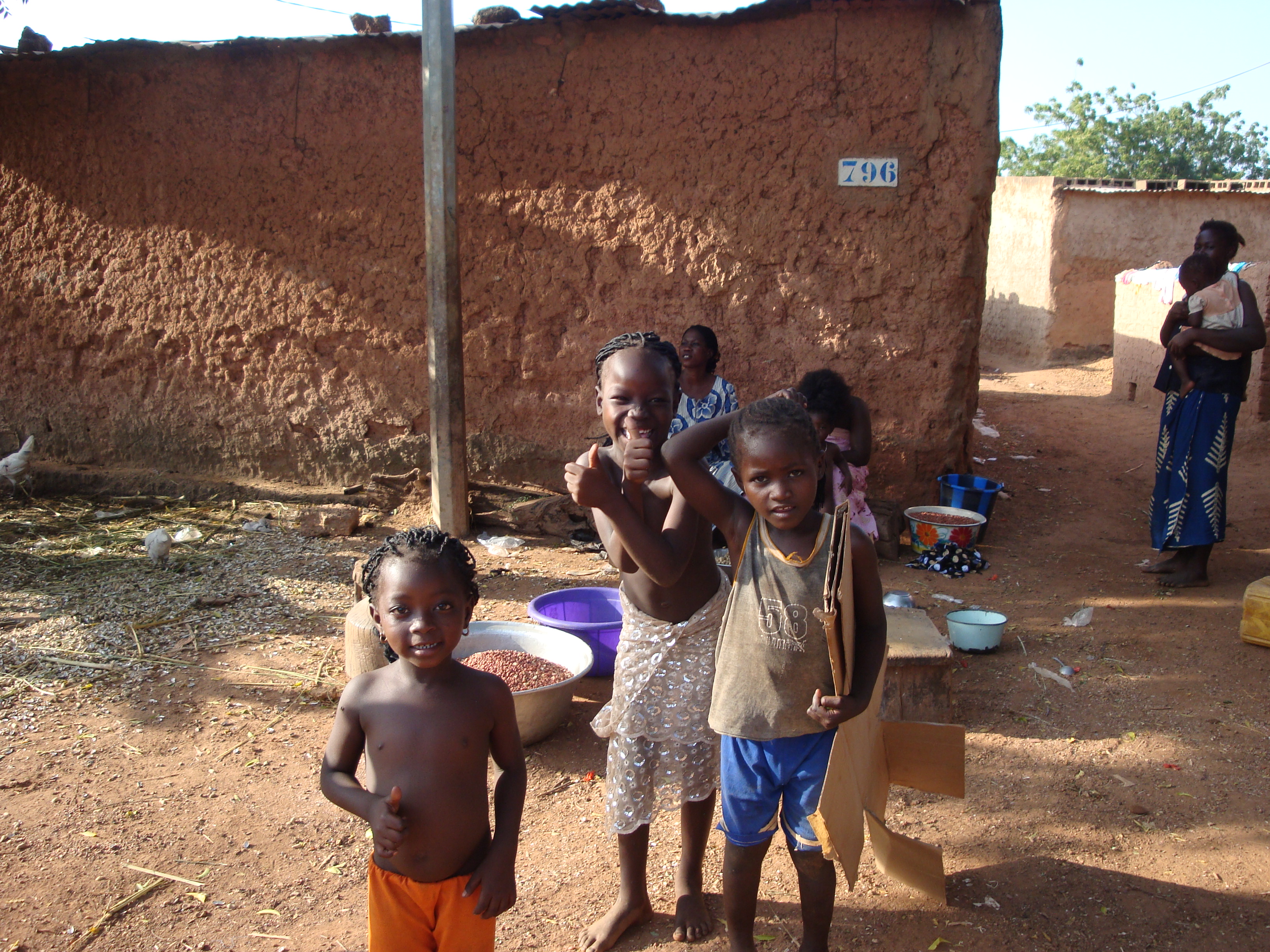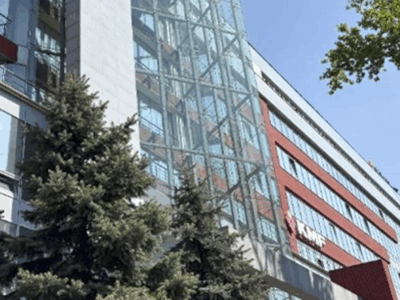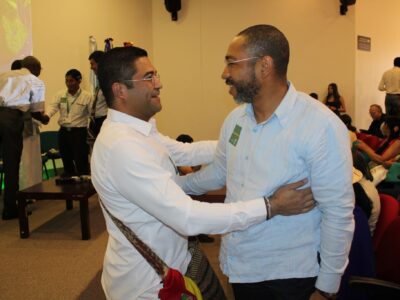Growing up in the Pacific Northwest region of the United States, I am admittedly a bit of a tree hugger. While I appreciate paper and houses and everything else that wood and pulp create, I also love trees. Aside from the abundant firs and pines, I grew up surrounded by trees that produced nuts and fruit and bushes that grew berries.
But instead of pursuing a career in forestry or agriculture, I decided to focus on nutrition. More specifically, I decided to focus on nutrition in developing countries, where children experience wasting and stunting from a lack of calories, protein, vitamins, or minerals.
At ACDI/VOCA, I work on nutrition-sensitive activities, which means I try to create an enabling environment for good nutrition to happen. Strangely enough, part of this enabling environment is, in fact, environmental, allowing me to embrace my inner tree hugger.
As part of the Food for Peace-funded Victory Against Malnutrition (ViM) project in Burkina Faso, ACDI/VOCA uses trees to not only increase the amount of nutrient-rich foods available, but also strengthen the local environment against the effects of climate change.
The project has distributed approximately 50,000 native tree seedlings to grow moringa, baobab, African locust bean, and other trees that produce nutrient-rich foods for the community. Smallholder farmers and lead mothers, or women in charge of the Mother Care Groups that spread messages of health, received the seedlings. Together, the Burkina Faso Ministry of Environment, Green Economy and Climate Change and the ViM project trained them on tree care and the use of tree products.
The best part is, in addition to gaining more nutritious foods and potential earnings from selling the excess, these trees are climate-smart and pro-environment. In Burkina Faso, where temperatures can exceed 100 degrees Fahrenheit and rains only fall seasonally, tree roots help keep moisture in the soil and slow down evaporation. Depending on where they grow, they can block wind and stop erosion.
Indirectly tied to food, these trees can provide nectar for honey bees, leaves for livestock fodder, and branches for firewood. They even create cooling shade, where intercropped plants can grow.
In fact, trees cool the air itself and absorb carbon dioxide from it, doing their part to combat global warming. We couldn’t survive without trees. Next time you walk by one, consider all it’s doing for you and our planet. And if the urge strikes, consider giving it a hug.










